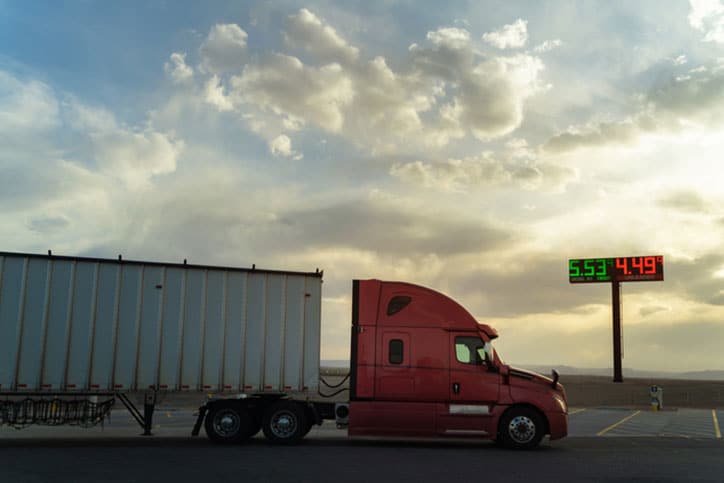If you see prices going up over the next few months, you can blame it on one thing: there aren’t enough truck drivers delivering products to stores in the US. There is a significant shortage of all workers, especially truck drivers, which is driving up the cost of freight and consumer prices. This increase in transportation costs and a lack of truck drivers have a trickle-down effect on the economy.
Truck Driver Shortages
The lack of drivers is nothing new. However, as the economy has grown stronger, driving demand for everything from consumer electronics and clothing to oil, the past year has taken a more noticeable toll. Congestion is made worse by the rapidly expanding e-commerce shipments, mainly from Amazon.com. And as the holiday season approaches, it’s likely to get worse, with deliveries starting as early as spring.
The American Trucking Association (ATA) reports that there were 80,000 truck drivers needed nationwide in 2017, up from 20,000 in 2013 and 36,500 in 2016. In the meantime, the economy expanded at a rate of more than 3% over the first nine months of 2017, up from an average of 2.2% since the end of the Great Recession in 2009.
Freight Costs on the Rise
The cost of shipping has the most significant impact. Over the past year, trucking companies have raised rates in their contracts with shippers by 6% to 10% to cover higher wages and to capitalize on the high demand and scarcity of supplies. Rates have increased by at least 10%, and another increase is anticipated over the following year. Early this year, retailers modestly increased shelf prices in response to rising shipping costs. Later this year, more merchants will likely charge customers more for shipping. The margins on corporate profits are getting thinner due to increasing transportation costs and labor, commodity, and energy costs.
Shipment Delays
Some shipments arrive late as manufacturers scramble for trucks. An increase from the usual two days, goods now linger at shipping ports for an average of four days. The percentage of deliveries made on time has decreased from 92-96% to 85-89%. According to estimates, late deliveries result in about 5% of empty store shelves.
How Driver Shortages and Inflation are Impacting the Entire Trucking Industry
While many American companies are affected by inflation, the commercial trucking sector is disproportionately impacted by the rising labor, fuel, and equipment costs. The cost of new equipment is increased by the rising costs of all sorts of raw materials.
2022’s second quarter appears to be uncertain. Due to growing concerns that 2022 production will spill over into the first quarter of 2023, many truck makers have not fulfilled 2022 sales and have not opened their 2023 order boards, creating supply chain challenges. Interest rates are skyrocketing, fuel prices are at record highs, and ocean freight from Asia has significantly decreased. The second half of the year will probably be the exact opposite of the first quarter. But before we can predict what will happen in 2023, we must first wait and see what happens over the next six months.
Used inventories will increase, adding downward pressure on pricing if supply chain problems improve and new equipment deliveries quicken. Purchasing new equipment in 2023 and 2024 will increase as interest rates rise.
As the second half of 2022 approaches, it’s essential to navigate these unchartered territories carefully. All aspects of the US economy are uncertain, especially with the transportation industry. Make sure you are strapped in. It’s going to be a wild ride! Speaking of strapping in, trust an experienced company to ensure your goods arrive on time and in good condition to avoid more frustrating delays. Call Strapping-Products.com at (888) 803-8140 or get in touch online today!


